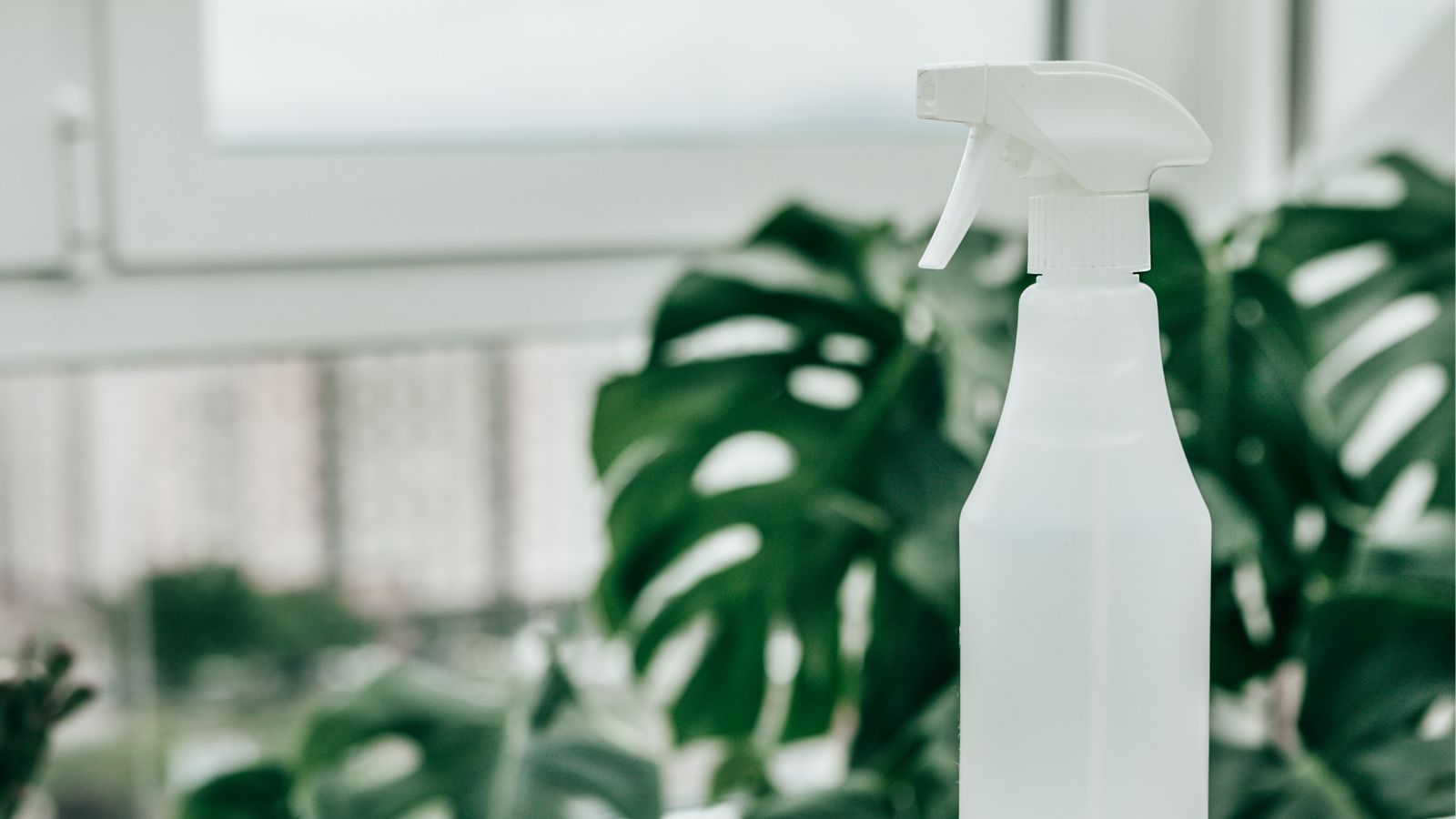
Everything seems to be good for cleaning nowadays, from vinegar to salt – but did you know about hydrogen peroxide?
Traditionally an antiseptic solution for cleaning wounds, professional cleaners have started adding it to their arsenal, with the simple solution the secret to many great cleaning tips for almost every room in the house.
Here, the experts have shared the nine ways you didn't know you could use hydrogen peroxide for a clean home, and how to get perfect results.
Cleaning with hydrogen peroxide
From cleaning your home to homemade bug sprays, to getting dingy whites white again in laundry, there is seemingly no end to hydrogen peroxides' usefulness. Here is what the experts love it for most:
1. Deep cleaning your oven
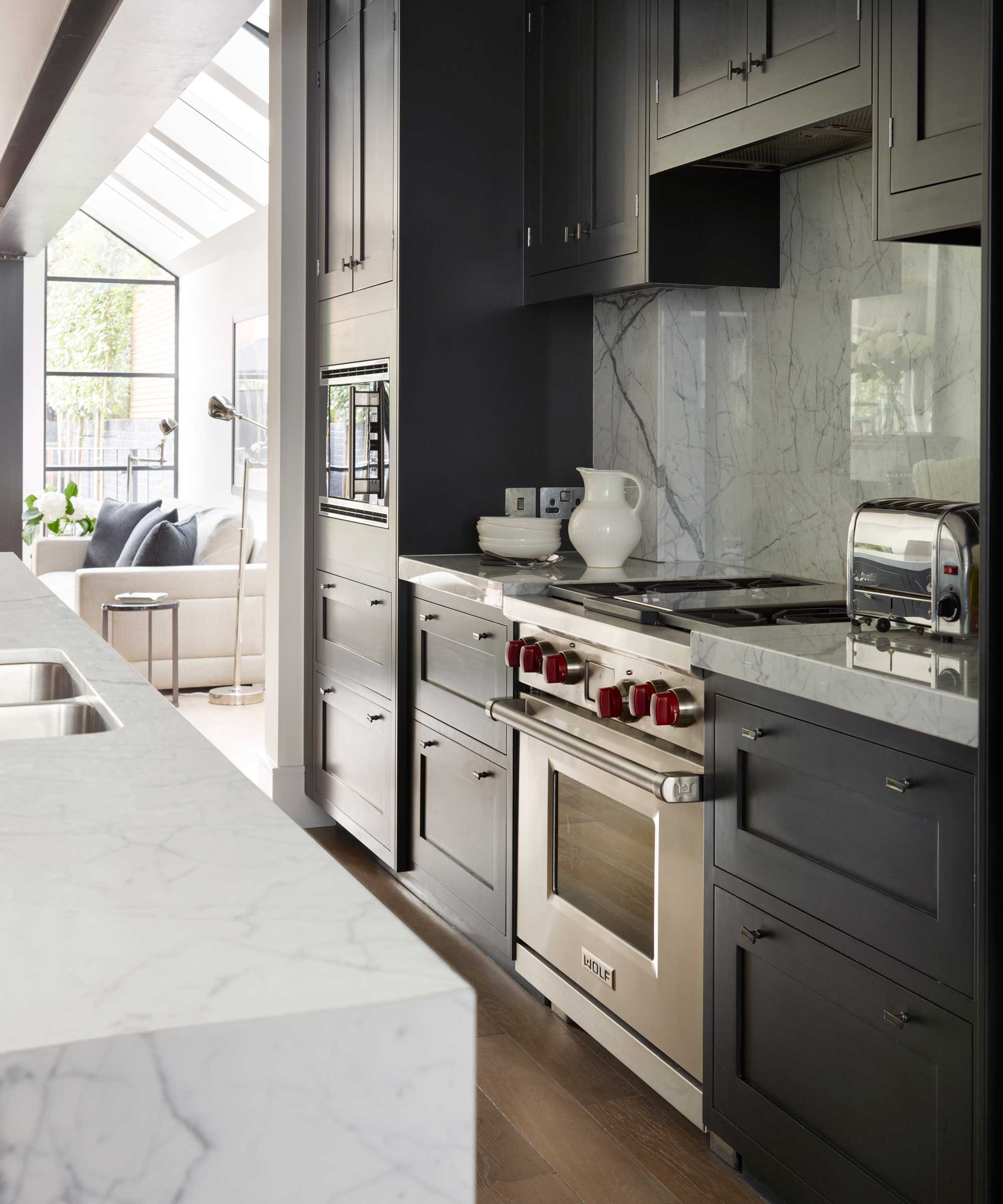
Cleaning an oven is one of the worst cleaning tasks in a kitchen, but hydrogen peroxide could make this tedious task a little quicker, claims Matthew Baratta, VP of operations at Daimer Industries.
‘Many are aware that vinegar can help remove calcium deposits, oil, or hard water spots on stainless steel and glass. However, for cleaning dirtier surfaces such as the oven, you may find the grime harder for vinegar to penetrate alone. Here I suggest using a stronger active ingredient, such as hydrogen peroxide at three percent,’ he says.
‘You can create a paste with baking soda, water, and two teaspoons of hydrogen peroxide and use a sponge to scrub it on the oven, leaving it to sit, and then wipe the solutions, and the grime, away with a damp cloth.’
2. Brightening up white sinks and showers
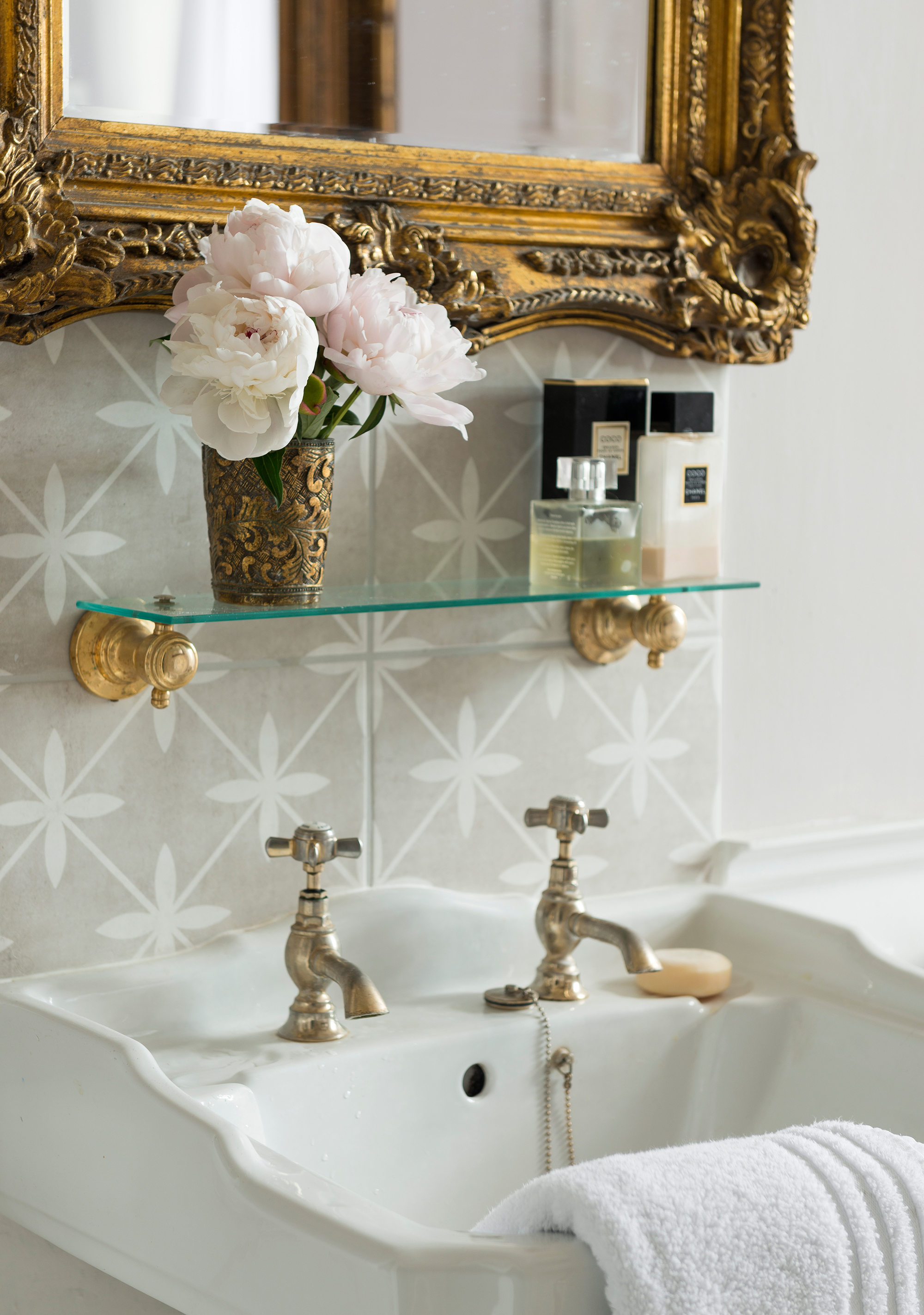
A white sink, bath, shower basin, or toilet looks fantastic when they are first installed, but after years of use, they can start to stain – especially if they are made from ceramic. Luckily, hydrogen peroxide helps, reveals James King, operations manager and cleaning expert at Deluxe Maid.
When cleaning a bathroom, or even cleaning a kitchen sink, you can once again combine an even sprinkling of baking soda with a liberal amount of hydrogen peroxide over the stained areas, he says.
‘Gently scrub with a soft brush or sponge, focusing on stubborn stains, rust, and soap scum. Hydrogen peroxide is a mild bleaching agent, and its oxidizing properties work wonders on stains and discoloration. It helps lift away dirt and grime, while its chemical properties break down stains, rust, and soap scum.
‘Also, it contributes to sanitizing the surface, making your sink not only visibly clean but also more hygienic,’ he explains
3. Reviving old cooking utensils
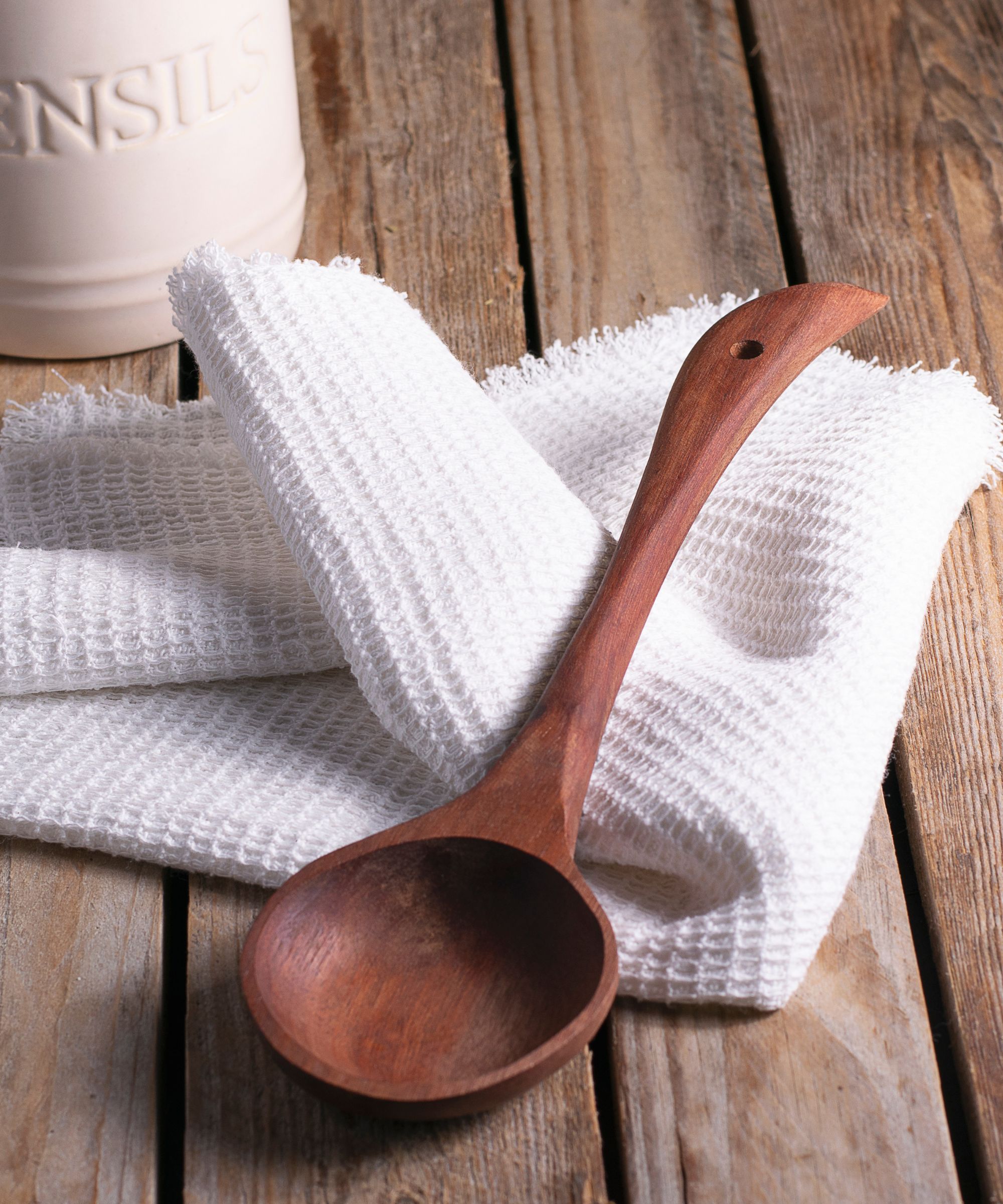
There is nothing better for a home chef than wooden cooking utensils and a good quality wooden cutting board. That being said, they quickly collect stains and odors as if it were sport – especially if you are a regular cook.
Angela Rubin, a professional cleaner with Hellamaid swears by hydrogen peroxide for caring for wooden cutting boards and cleaning wooden spoons thanks to its disinfecting properties and ability to kill odor-causing bacteria: ‘spray or apply hydrogen peroxide directly onto the surface, let it sit for a few minutes, then scrub with a brush or sponge,’ she suggests. ‘Follow up by rinsing thoroughly with water.’
4. Disinfecting dehumidifiers
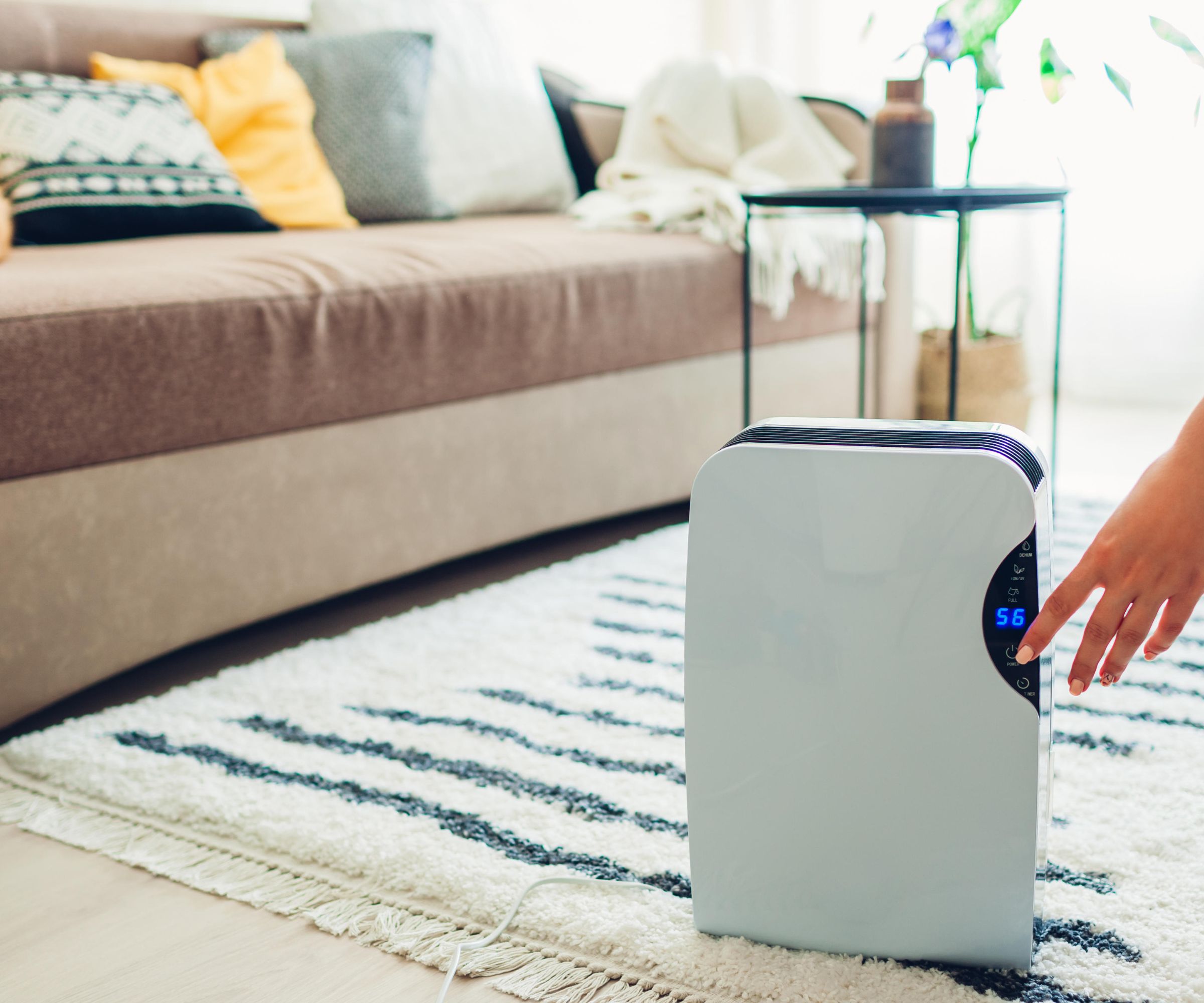
Dehumidifiers are somewhat deceptive devices. Although all they seem to do is collect the water from your air, they are also picking up the mold spores and germs that thrive in that water, making the inside of your machine a hotspot for bacteria.
Besides rinsing and drying the reservoir once a week, you should also consider deep cleaning it with hydrogen peroxide once per month, advises Matthew Baratta, of Daimer Industries. This will help to kill anything nasty living in the main unit.
To do this, use a sponge soaked in hydrogen peroxide and scrub the interior of the water reservoir, making sure to stay clear of the internal mechanisms of the machine. Rinse with soapy water and dry before returning it back to the device.
5. Refreshing grout lines
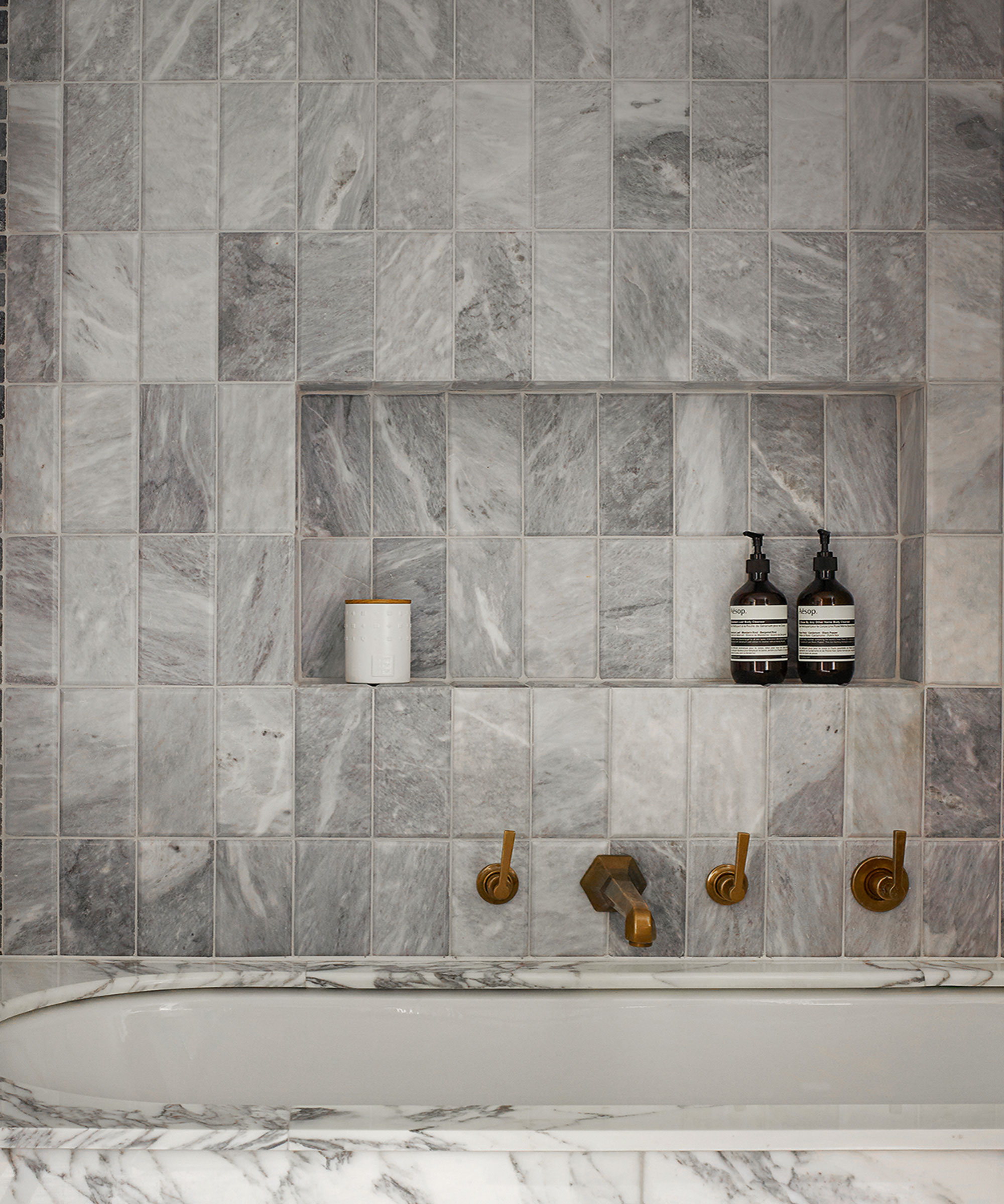
It is usually pretty impossible to clean grout to look like new, but hydrogen peroxide can certainly get it most of the way, claims James King.
‘I like to mix two parts baking soda with one part hydrogen peroxide to create a powerful paste,’ he shares. ‘Simply apply this paste onto the grout, wait ten minutes, and then gently scrub using a stiff brush and rinse with water. Hydrogen peroxide, with its oxidizing abilities, undergoes a chemical reaction when applied to stains. This reaction breaks down the molecular structure of the stains, essentially dissolving them and making them easier to lift from the grout.’
6. Removing stains from fabric
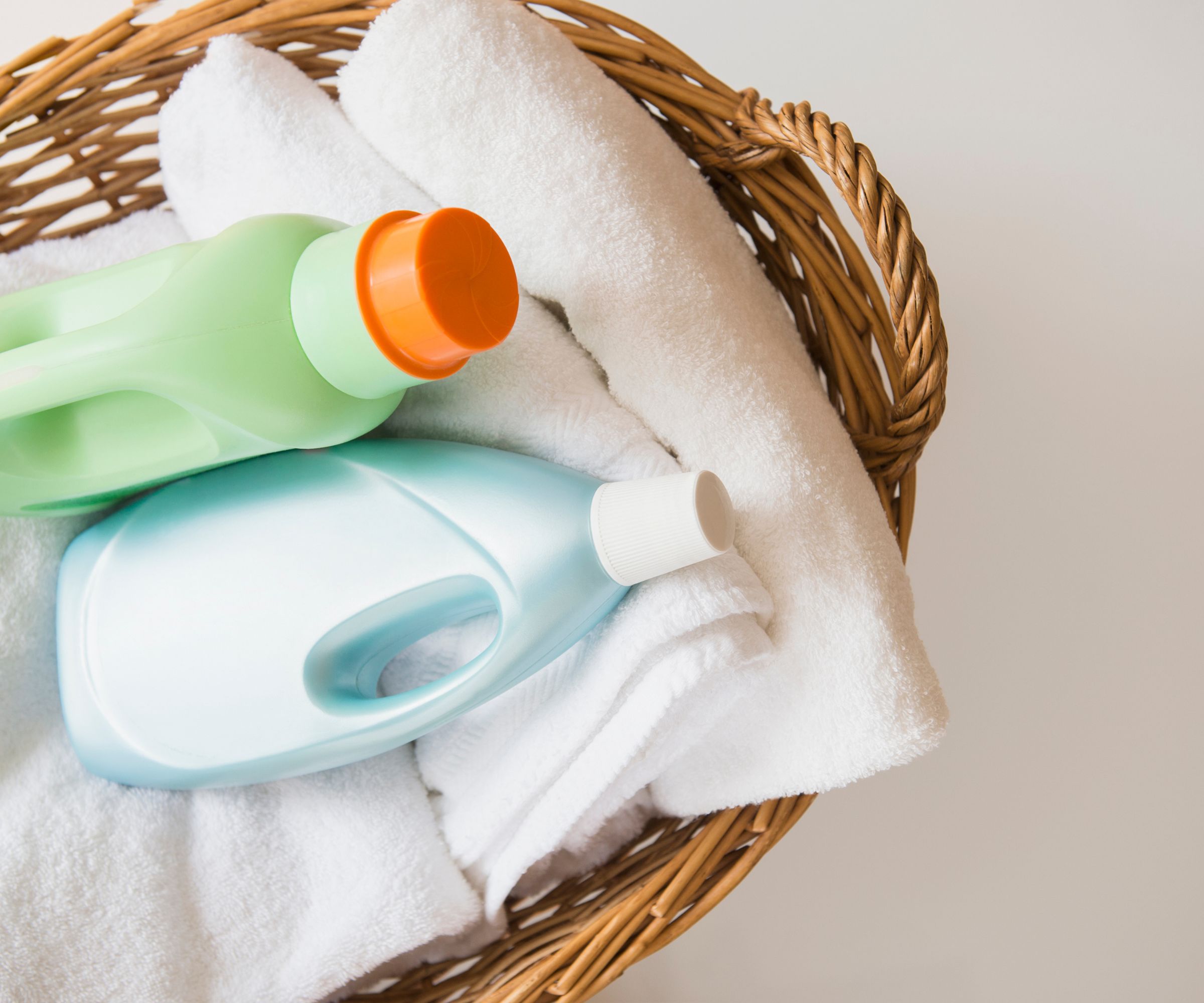
It is not just hard grout and ceramic sinks that hydrogen peroxide works wonders on, but fabric stains too, continues Karina Toner, cleaning expert and operations manager at Spekless Cleaning.
‘Before adding hydrogen peroxide to the entire load when doing laundry, you can use it as a pre-treatment for stubborn stains. Apply a small amount of hydrogen peroxide directly to the stained area, gently rub or blot with a clean cloth, and allow it to sit for a few minutes before laundering.’
You can also use it to make white laundry whiter, especially when it has grayed. ‘For a standard-sized load of laundry, measure out about a cup (eight ounces) of hydrogen peroxide. If you have a larger load, you can adjust the amount accordingly,’ Karina explains. ‘Add the measured hydrogen peroxide directly into the bleach dispenser of your washing machine or dilute the hydrogen peroxide with water and pour it directly into the drum before adding it to your clothes. Proceed to start the washing cycle as you normally would, using your regular laundry detergent. The hydrogen peroxide will work alongside the detergent to help brighten and whiten the clothes.’
This weird but wonderful household use for a disinfectant works thanks to hydrogen peroxide's ability to release oxygen, Karina says. It efficiently breaks down and eliminates organic stains caused by food and sweat – both culprits of fabric dullness. ‘It also breaks down pigments responsible for discoloration, resulting in brighter and fresher-looking white fabrics,’ she concludes.
7. Removing stains and odors from carpets
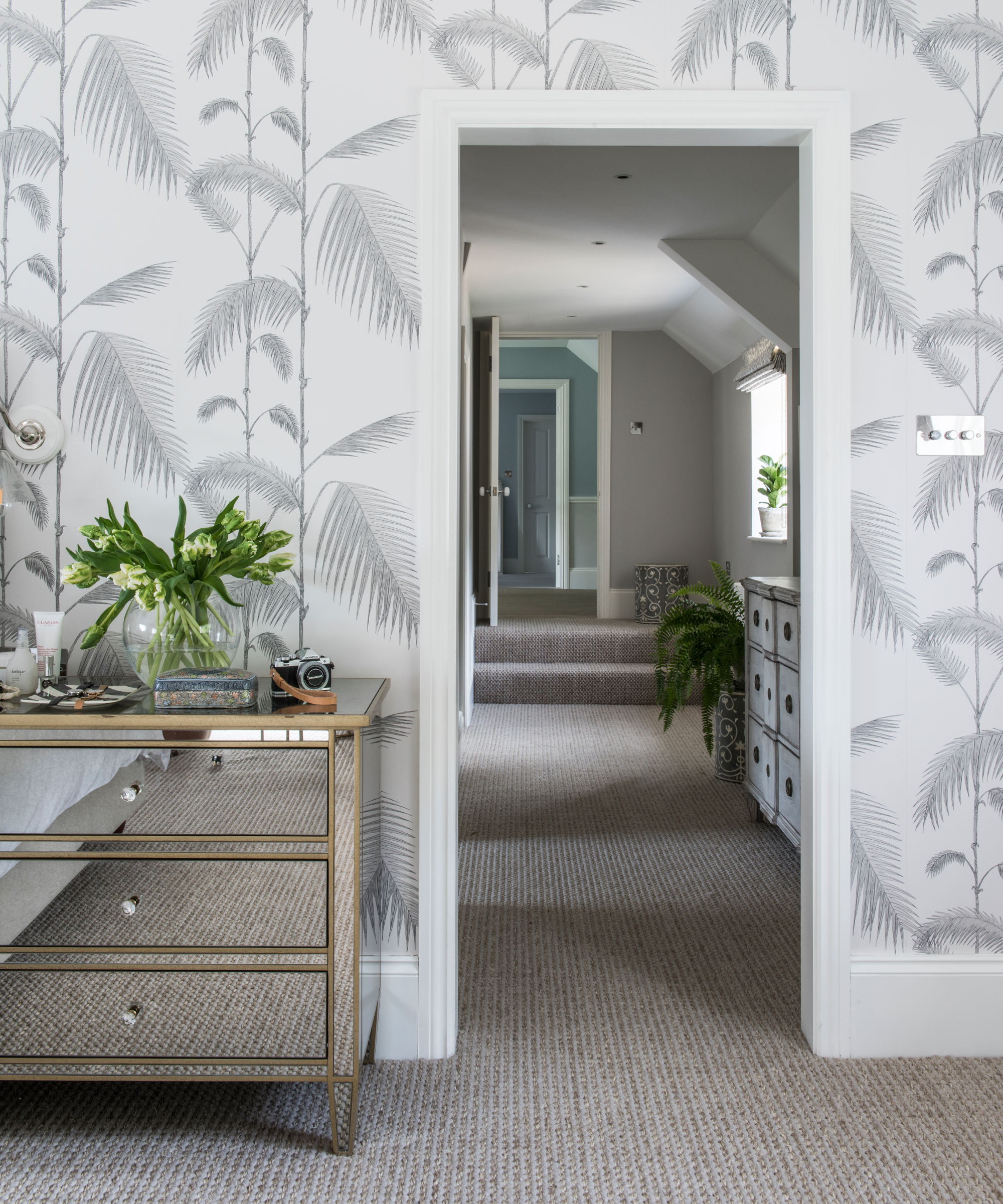
Fabrics that can't easily be put in the washing machine can also benefit from hydrogen peroxide stain-fighting capabilities, adds Muffetta Kreguer, cleaning expert and founder of Muffetta’s Domestic Assistants. This is especially true for cleaning carpets.
‘For organic stains like coffee, wine, or pet accidents, blot the stain to remove excess liquid, then mix hydrogen peroxide with a small amount of dish soap,’ she recommends. ‘Test the solution in an inconspicuous area first to ensure it doesn't affect the carpet's color. Gently scrub the stain using a cloth or sponge dipped in the solution, working from the outer edges toward the center to avoid spreading the stain around the cleaner parts of the flooring. Rinse with water and blot dry to finish.’
8. Disinfecting surfaces
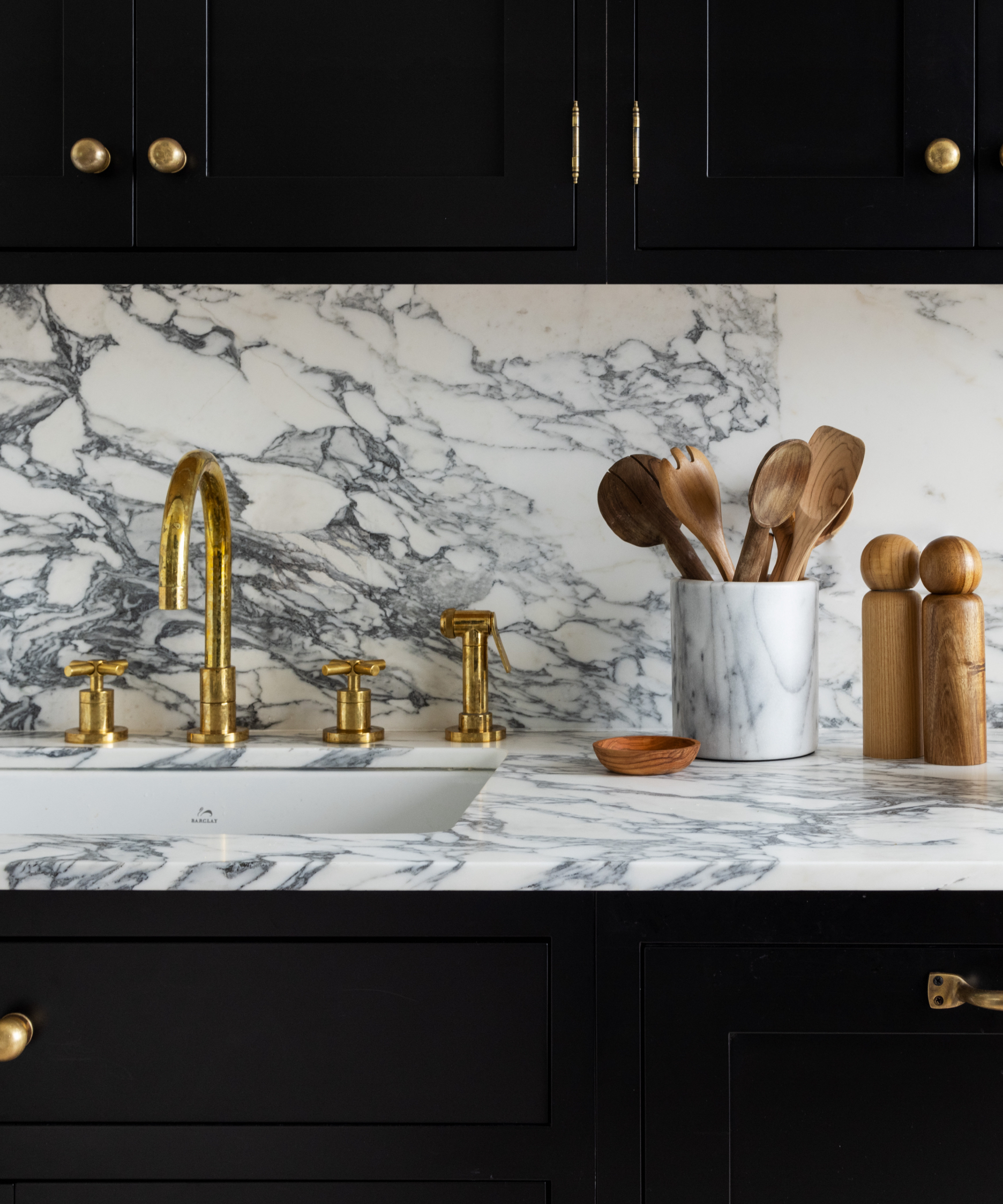
As you might expect from an antiseptic, hydrogen peroxide is great for disinfecting surfaces and can be mixed with equal parts water in a spray bottle to make an effective and affordable general household cleaning solution, Jeniffer Smith, a homemaking expert at Urban Home Corner assures.
‘When using the spray around your home, let it sit for a few minutes, then wipe it away with a clean cloth. The hydrogen peroxide will kill bacteria and viruses, leaving your surfaces clean and disinfected,’ she explains.
9. Disinfecting toothbrushes and personal care items
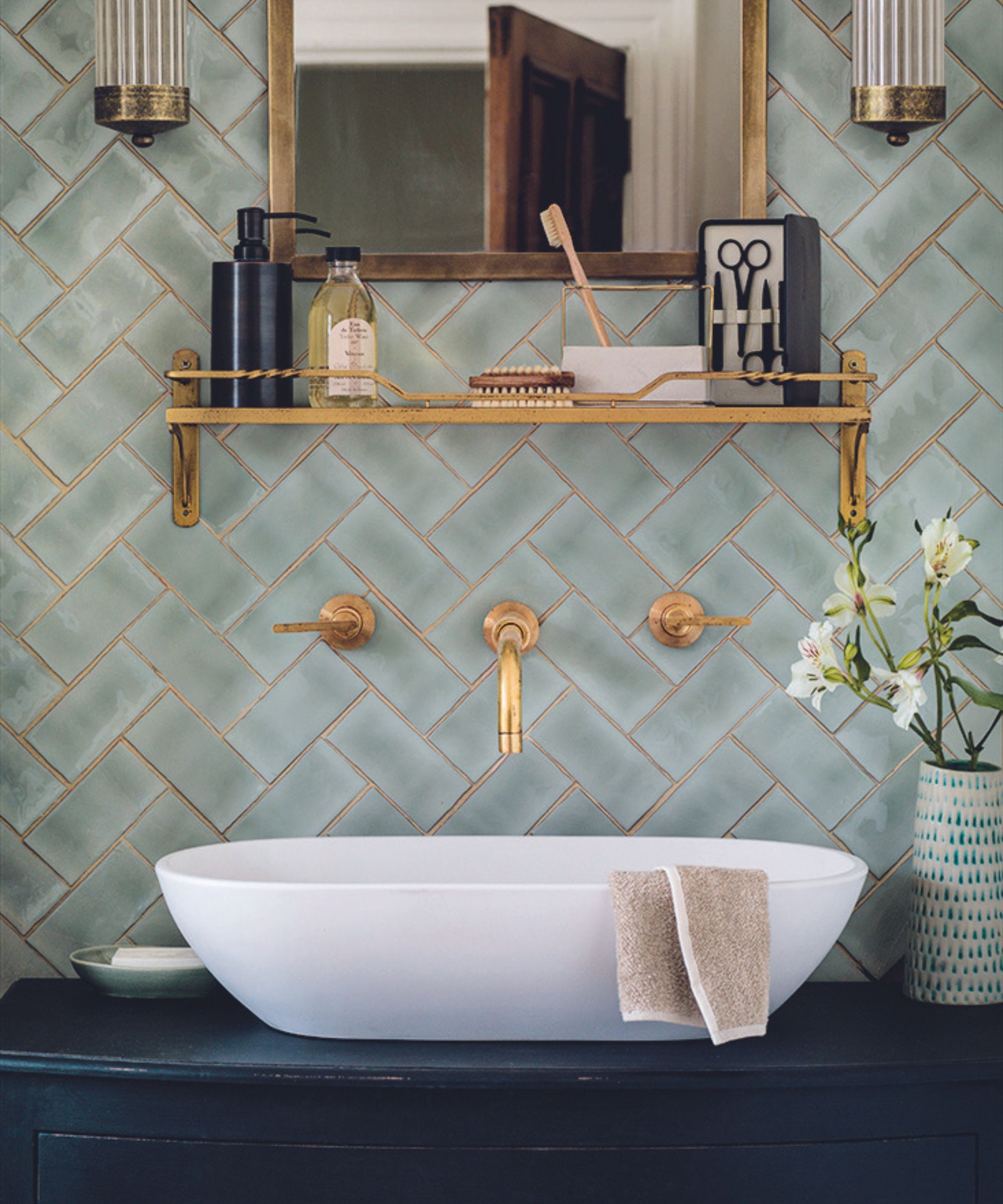
Whether you leave your toothbrush on your bathroom counter and want to refresh it between uses, or are experiencing greasy hair thanks to your old, well-used hair brush, hydrogen peroxide can be excellent for removing grime and killing bacteria lingering between the bristles, Nathaly Vieira, cleaning expert and owner of InspireClean tells us.
‘Just fill a cup or bowl with three percent hydrogen peroxide, then immerse the items in it for at least five minutes before rinsing them off.’
FAQs
Is hydrogen peroxide the same as bleach?
Although hydrogen peroxide has many of the same cleaning uses as chlorine beach, the two products aren't the same. Hydrogen peroxide, usually at three percent strength, is a much gentler solution that can be used on skin and wounds to disinfect. Bleach, on the other hand, is far more volatile and corrosive.
Can I mix hydrogen peroxide and bleach?
It is not a good idea to mix hydrogen peroxide and bleach together in any circumstance, as the two solutions make peracetic acid – an especially corrosive liquid that can damage skin and surfaces around your home. As this solution is also toxic, it is best to keep your cleaning solutions separate and pick and choose which is best for each individual task around your home.
‘Although the solution is designed for medical use, it is also a great idea to prioritize safety by wearing gloves and ensuring proper ventilation as prolonged use in a small space can dry out skin and irritate our airways,’ Mufetta adds.
‘With these innovative tips, your home will not only be clean but also transformed in ways you might not have imagined,’ she concludes.







